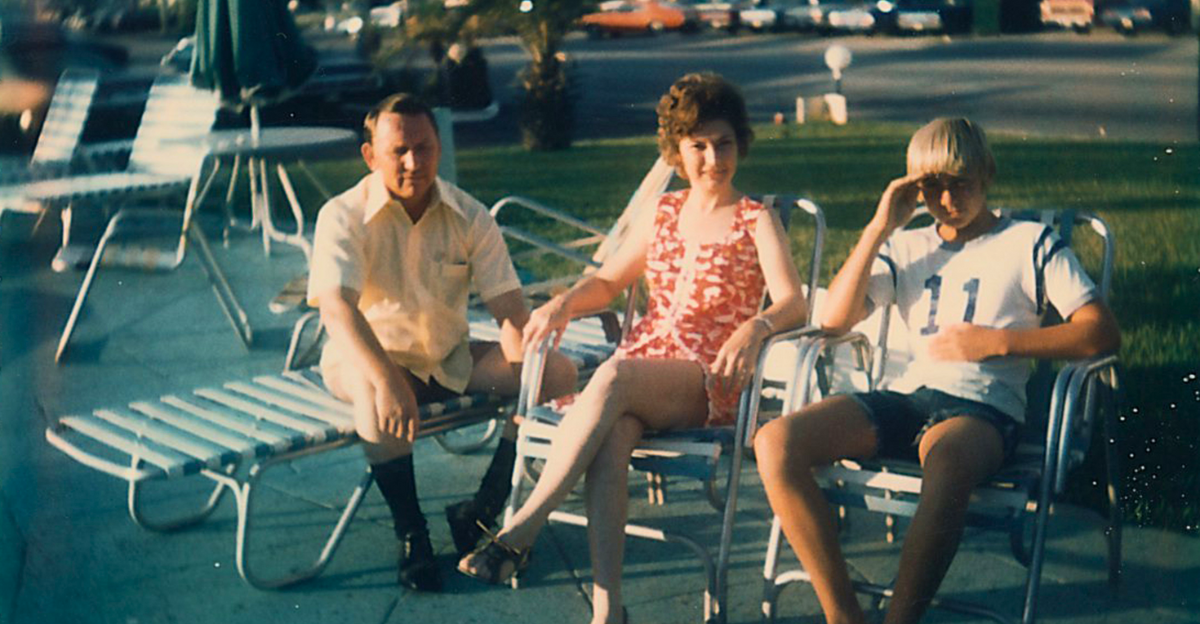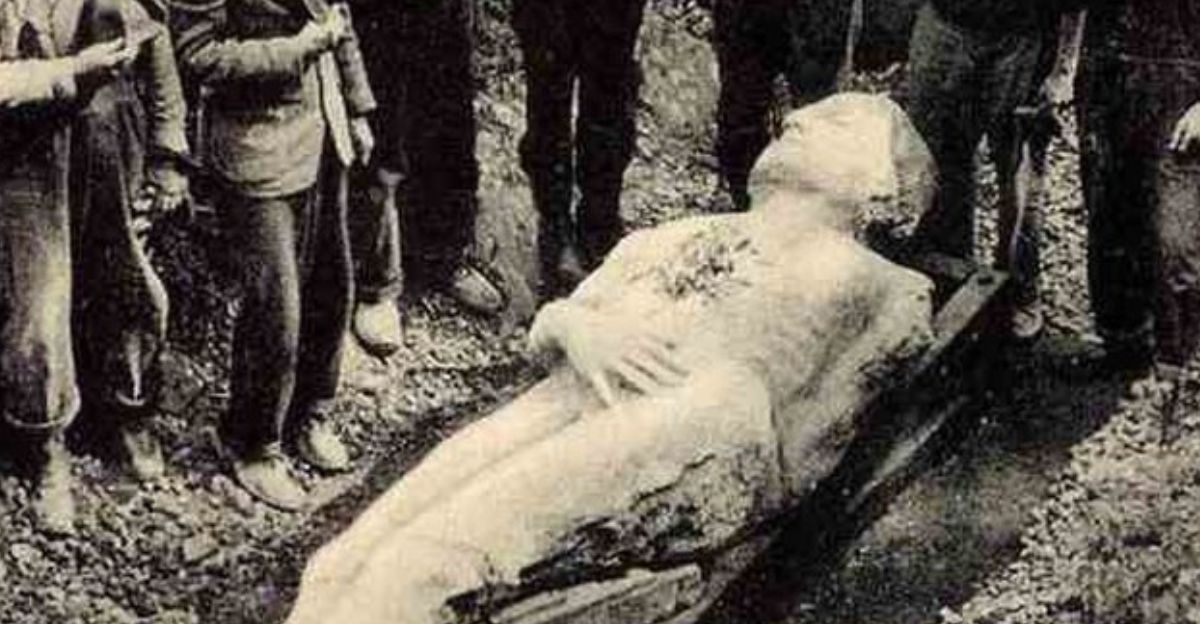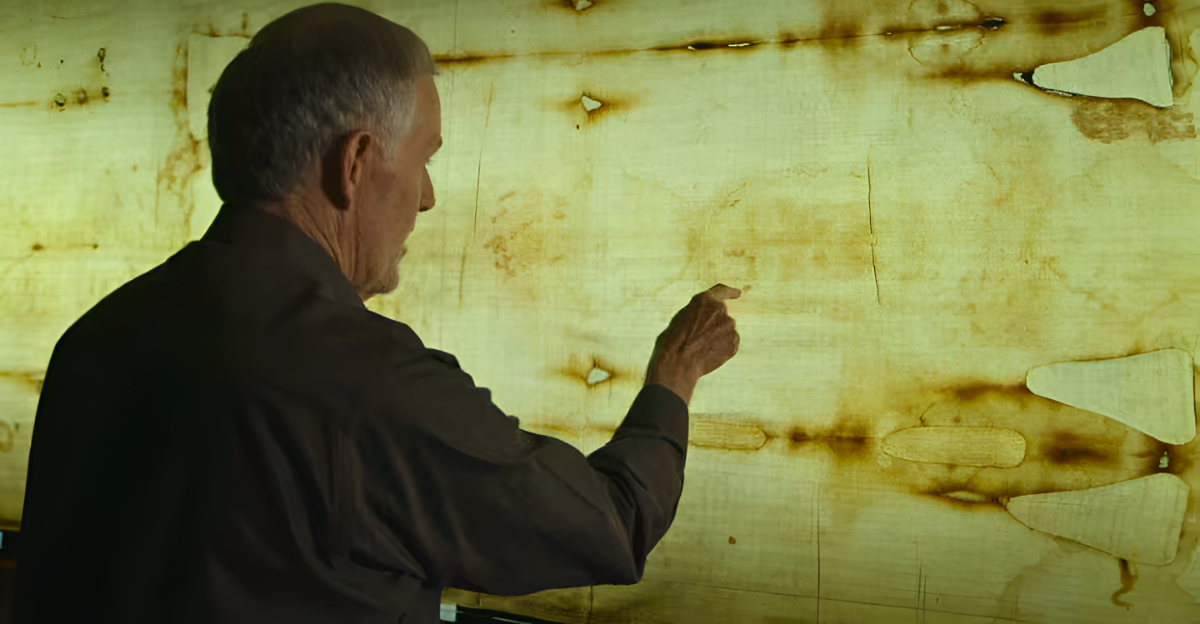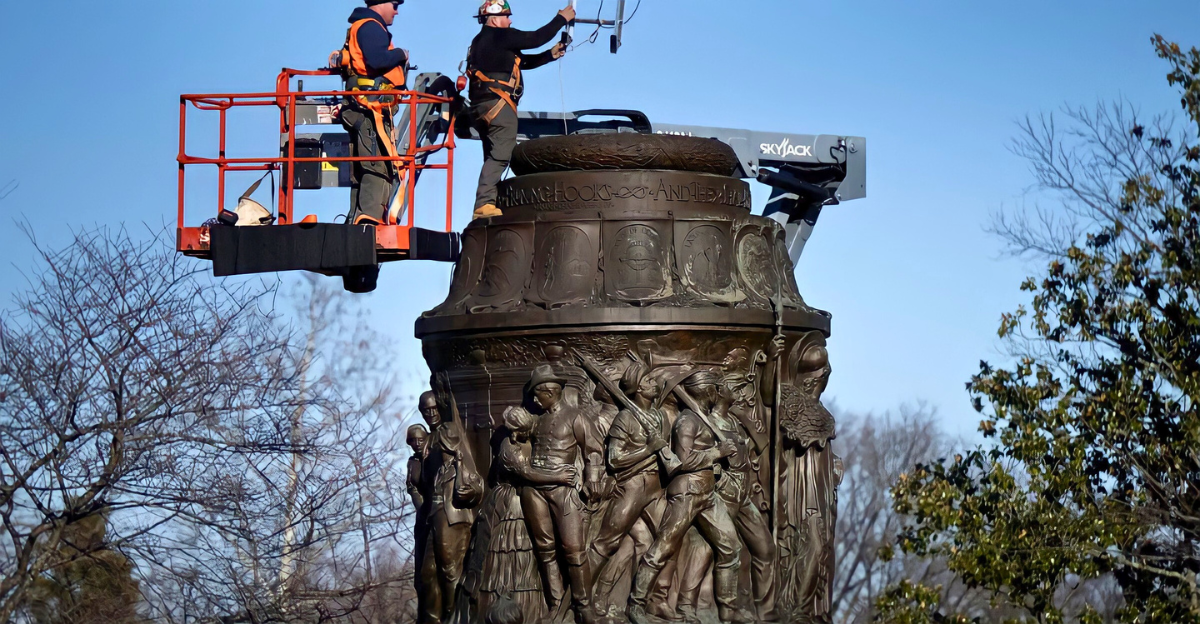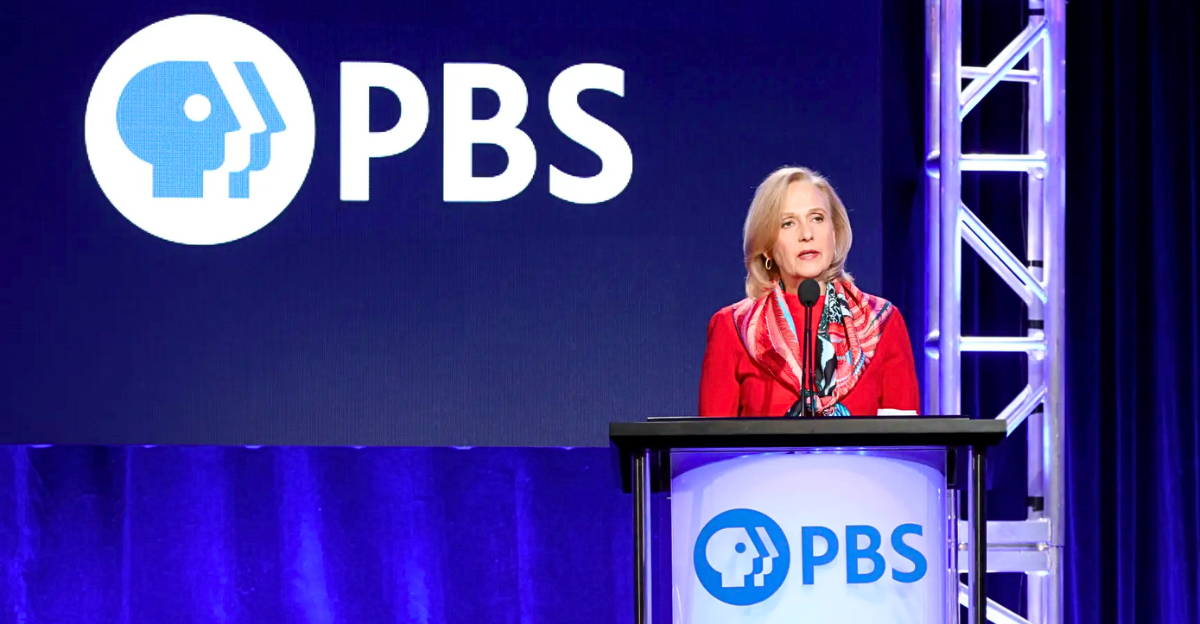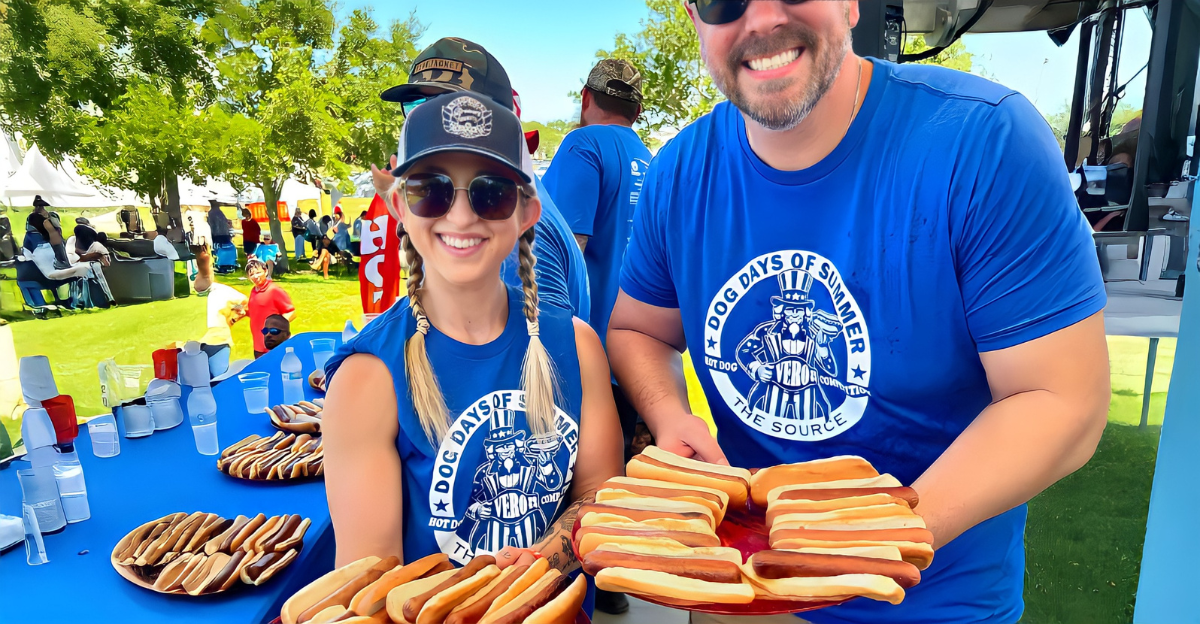
When we think about a traditional Fourth of July feast, most Americans are likely to picture a big cookout with burgers, hot dogs and grilled corn.
But the founding fathers’ table bore no resemblance to the backyard barbecue of today. In 1776, the menu was shaped by what was avaialble locally and seasonally,
The foods that marked their celebration were a far cry from the processed and packaged staples we now associate with Independence Day. Let’s take a look at what the founding fathers ate during that time.
What the Records Reveal
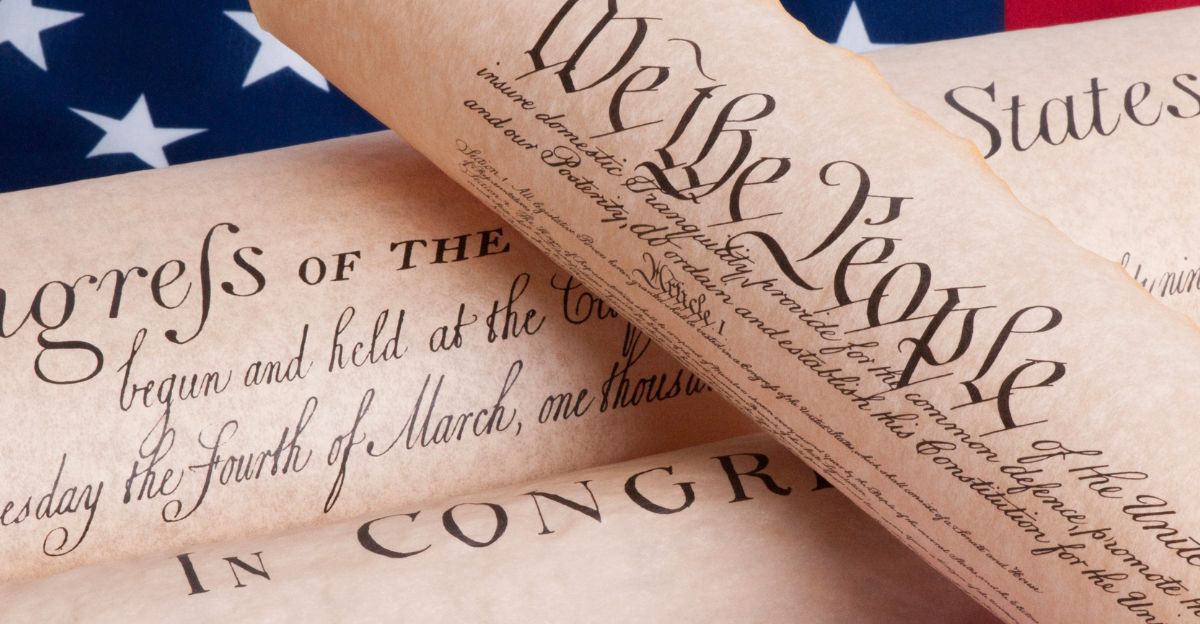
So what did the founding fathers eat to celebrate this historical day? According Smithsonian Magazine, the founding fathers’ meals were determined by necessity and local abundance—not tradition or convenience.
“If it was around, you ate it,” says Walter Staib, executive chef at Philadelphia’s City Tavern and a culinary historian who was involved with meal reconstruction efforts.
He added that the founding fathers were some of the first “farm-to-table” advocates in America, relying on their own hunting, fishing, and farming.
The New York Times also notes these early celebrations were marked by resourcefulness and a deep connection to the land.
Seafood: The Star of the Colonial Table
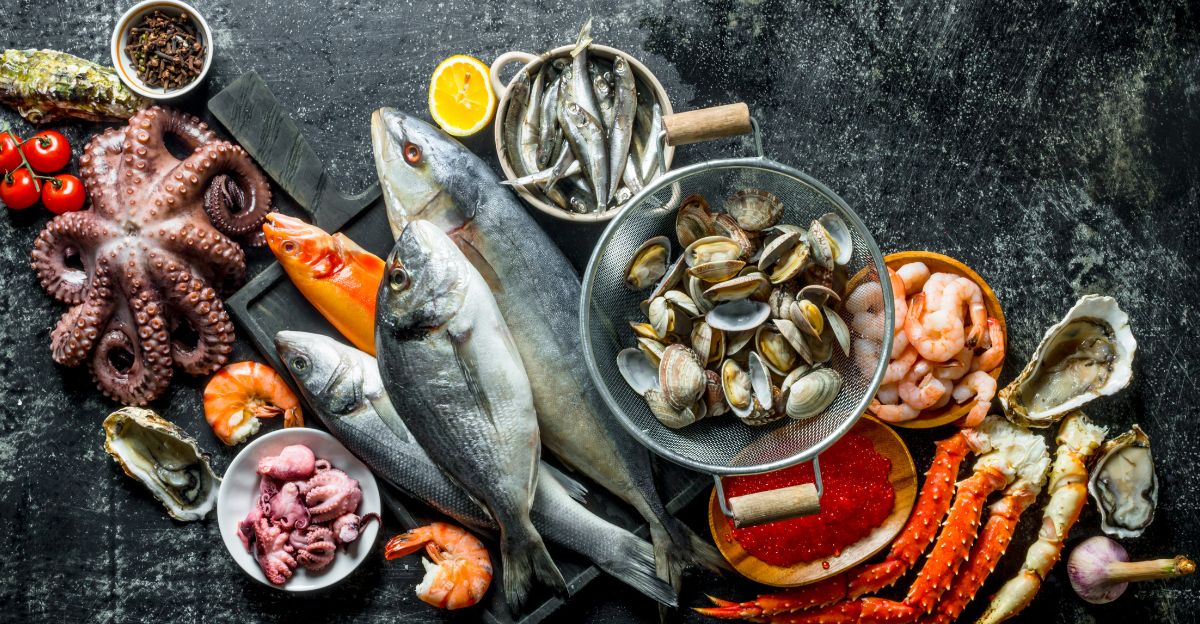
Forget beef patties and franks — salmon, crab, oysters and shad were the true stars of the founding fathers’ July 4th celebrations.
With rivers and seas teeming with fresh fish, seafood was both a delicacy and a staple. Turtle soup, in particular, was a favorite among the elite, including George Washington and John Adams.
All these dishes reflected both the bounty of the land and sea, and the celebratory spririt of the day, offering flavors that were both luxurious and deeply tied to place.
Sides That Tell a Story
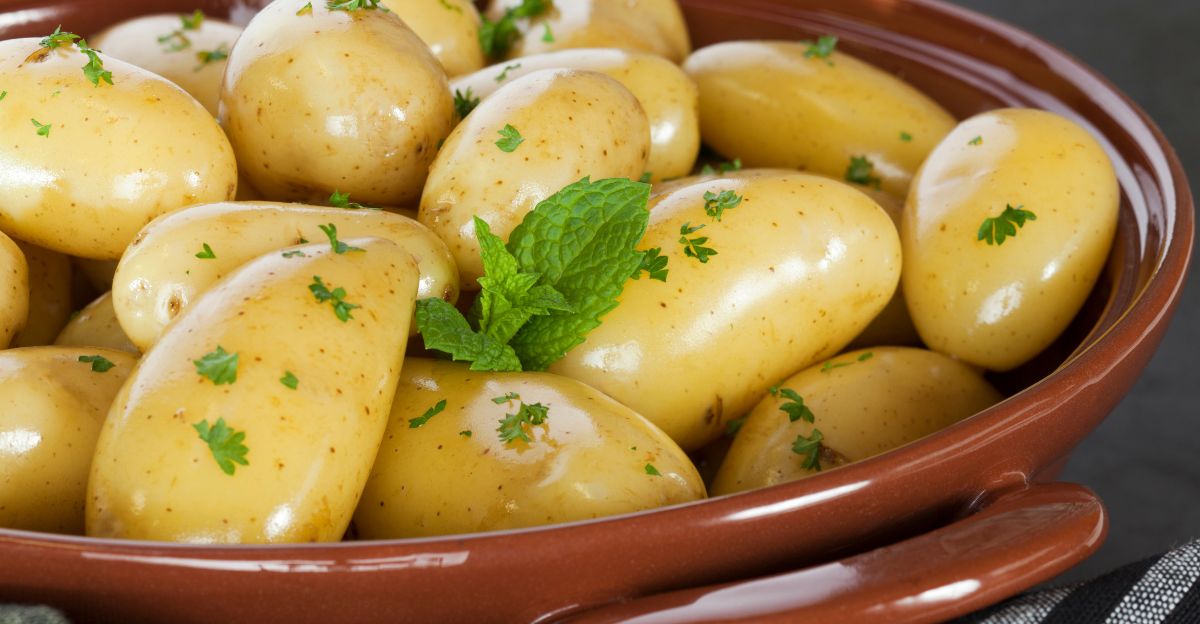
While today’s sides might include potato salad or coleslaw, the founding fathers dined on boiled new potatoes, fresh peas and cornmeal hoecakes. These simple, seasonal sides were not only filling but also a testament to the agricultural rhythms of the time.
For those in the South, like the 4th U.S. President James Madison, a dish known as Hoppin’ John, consisting of pork, peas and rice, was a fusion of African, Native American and European influences in a dish that was uniquely American.
A Toast to Independence: Colonial Beverages
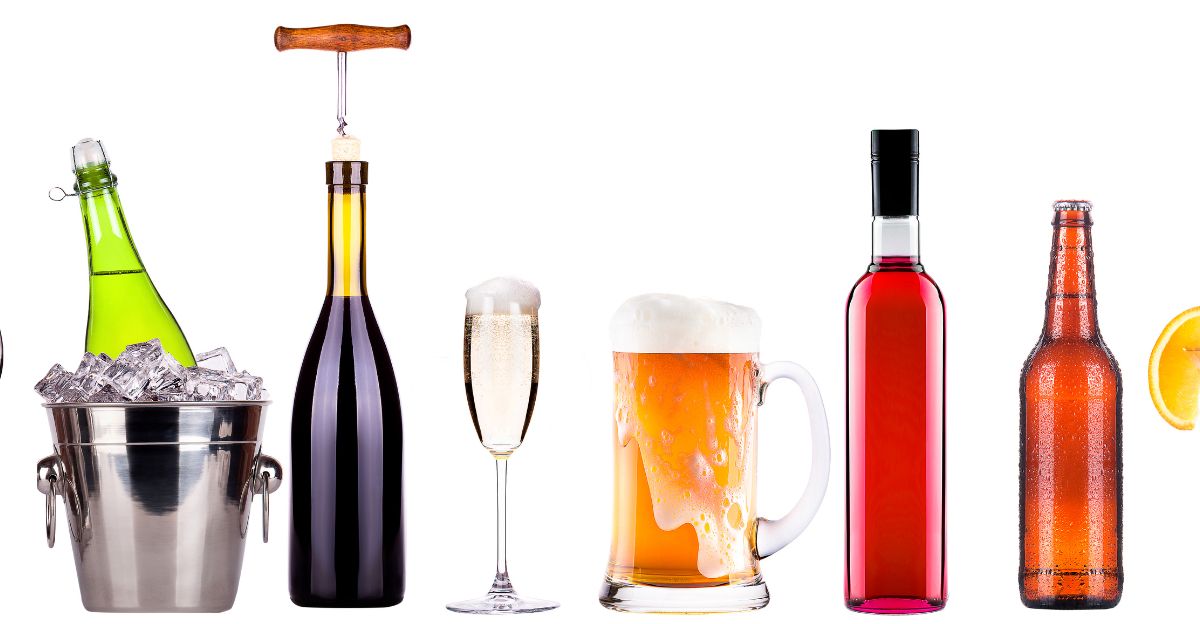
Alcohol was central to the founding fathers’ celebrations. John Adams was described as loving hard cider, while George Washington favored beer.
Thomas Jefferson preferred champagne, and Alexander Hamilton once famously ordered more than 100 bottles of wine and seven bowls of spiked punch for a single party.
These preferences reflected both personal taste and the social importance of toasting liberty with a glass in hand.
Sweets for the Elite
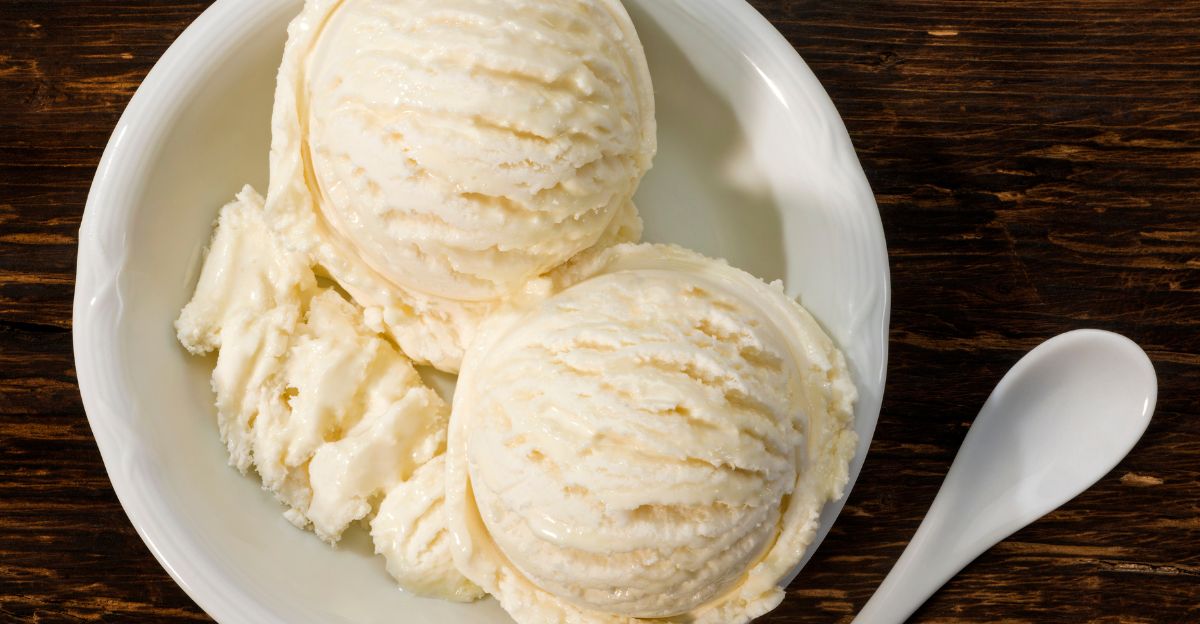
Desserts were a highlight for those who could afford them. Thomas Jefferson is credited with introducing ice cream to America, a treat so rare it was reserved for the upper class.
Jefferson, Madison, and Hamilton were all noted fans, and George Washington had a particular fondness for his wife Martha’s “Great Cake”—a spiced, fruit-filled dessert that was soaked in booze. These sweet treats were not just indulgences; they represented status and celebration.
The Farm-to-Table Philosophy
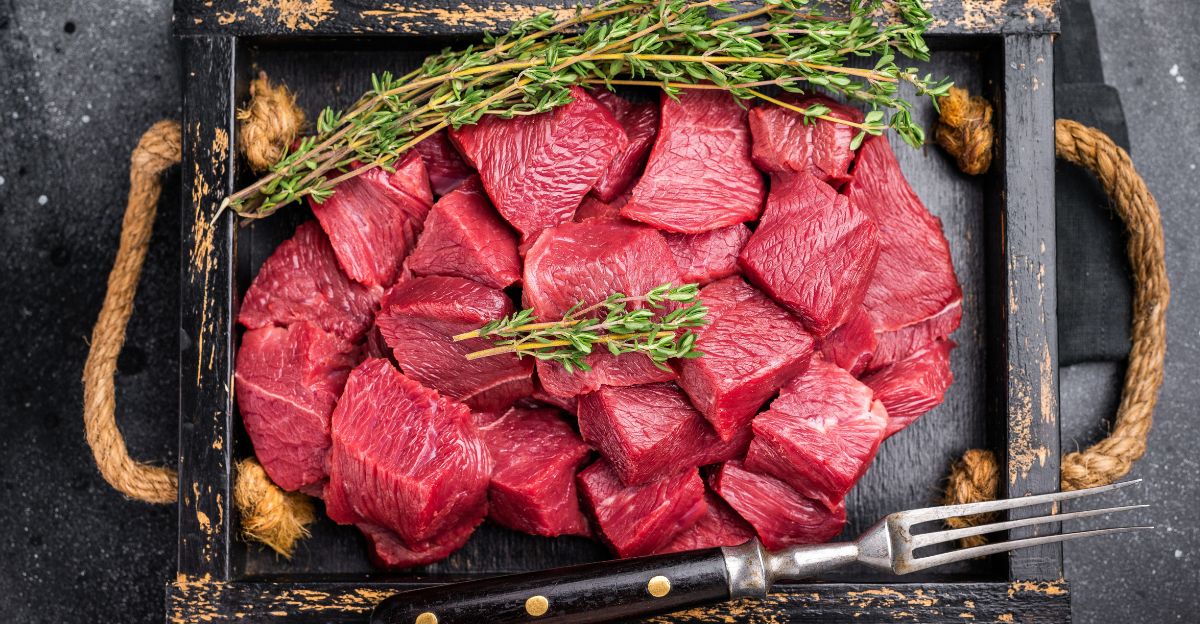
Long before it became a culinary trend, the founding fathers practiced a farm-to-table lifestyle out of necessity. As Walter Staib notes, their meals were built around what was fresh and available, from legumes and produce to wild game and foraged foods.
This approach not only ensured variety but also fostered a deep appreciation for the land and its seasonal cycles, a value that resonates with today’s food movements.
The Role of Resourcefulness
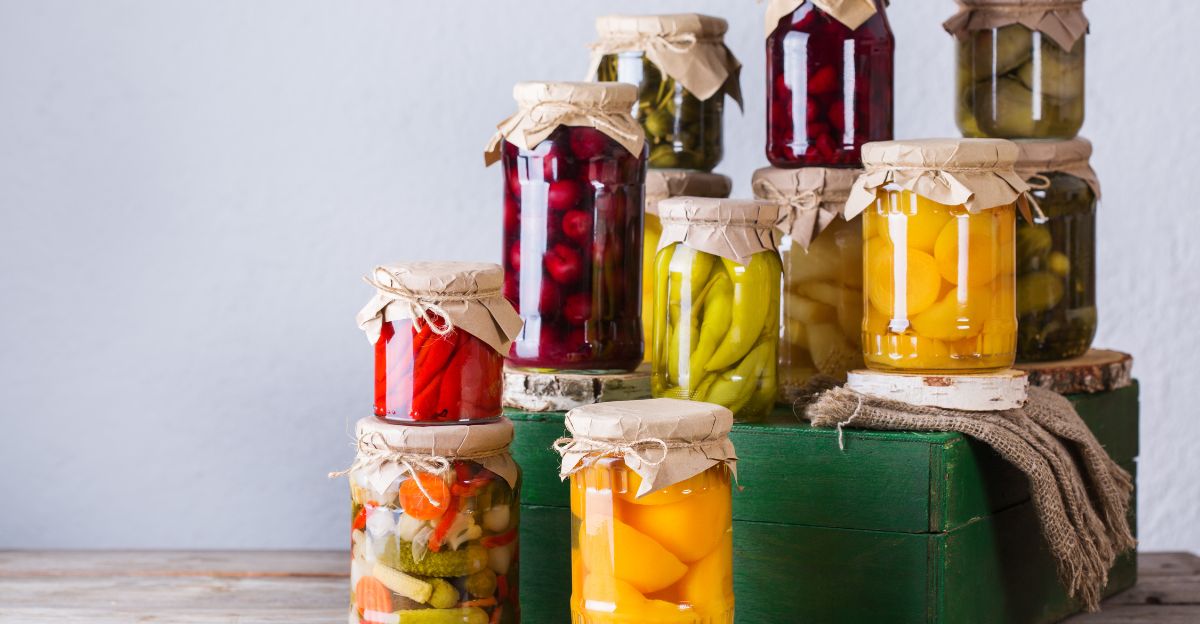
Colonial cooking was all about resourcefulness. They had no supermarkets or refrigeration, so they relied on preservation techniques like pickling, smoking and fermenting.
Meals were planned around what could be harvested, hunted or stored, making every dish a reflection of resourcefulness and adaptation.
This practical approach to food ensured that nothing went to waste and every meal was a celebration of survival as much as independence.
The Social Side of Eating
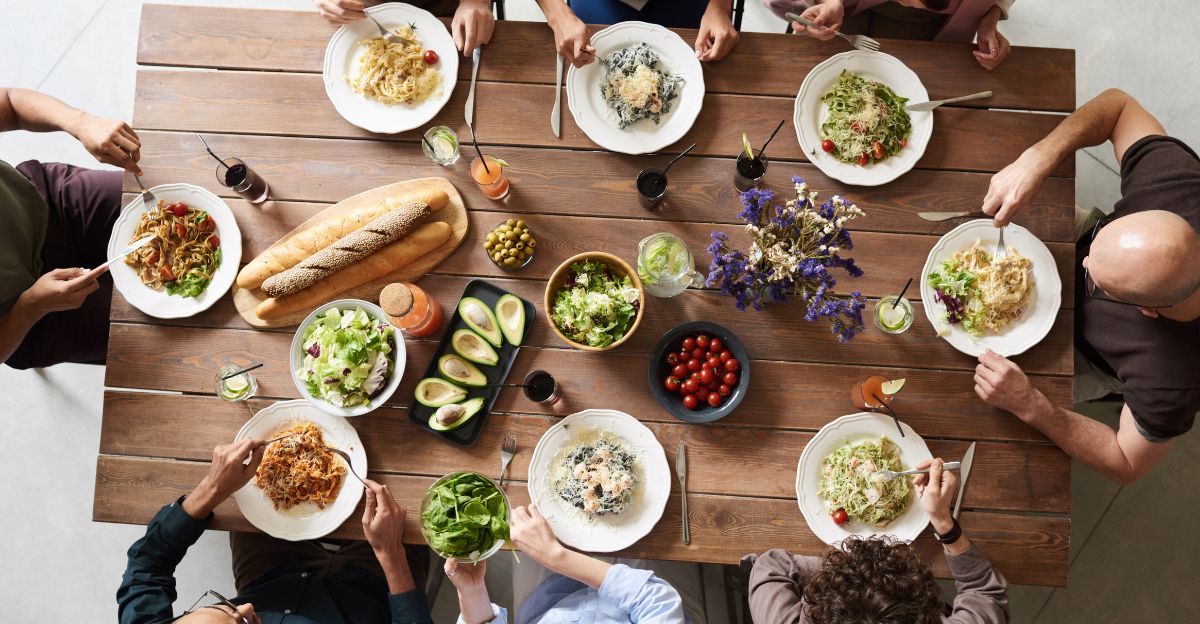
Food was central to the social fabric of the founding era. Eating was a social affair, often involving extended family, friends, and neighbors all mixed in.
The act of sharing food — whether a simple pot of stew or an elaborate seafood feast — also helped forge bonds and reinforce the ideals of unity and cooperation that underpinned the new nation. These gatherings were as much about conversation and camaraderie as they were about sustenance.
Then and Now: How Traditions Have Changed
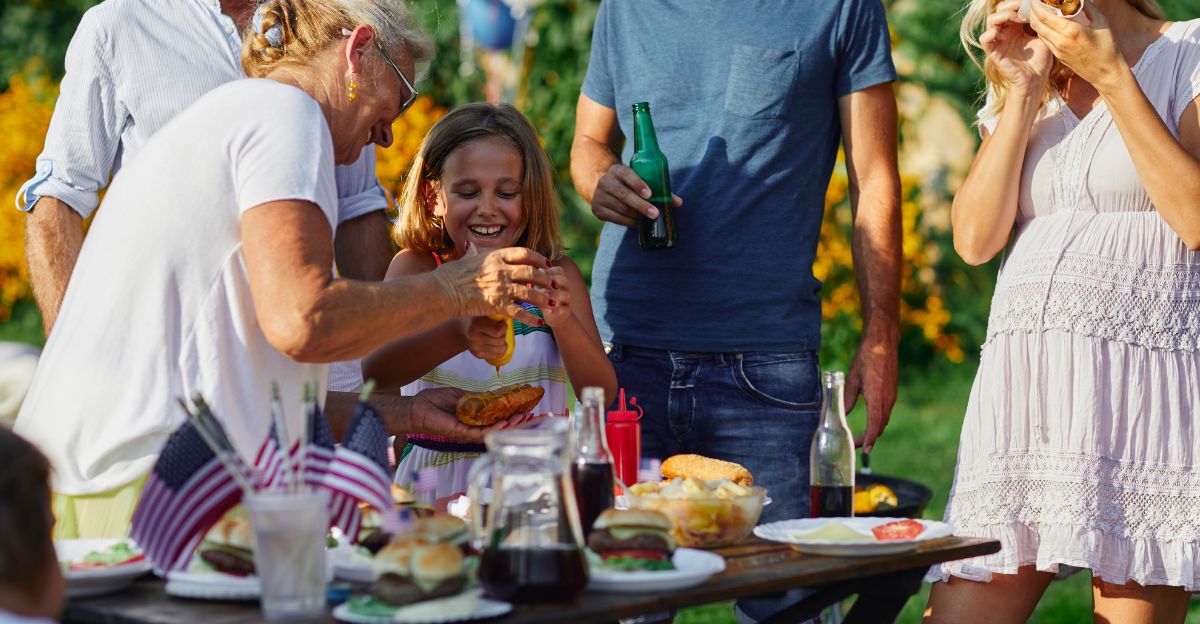
Today, Americans can walk into a supermarket and choose what they will cook for their Fourth of July feast, enjoying a wide array of options unimaginable to the founding fathers. While the menu has changed dramatically, the spirit of celebration remains.
The founding fathers’ approach—eating what was available, sharing with others, and toasting to freedom—remains at the heart of Independence Day, even if the dishes themselves have evolved beyond recognition.


